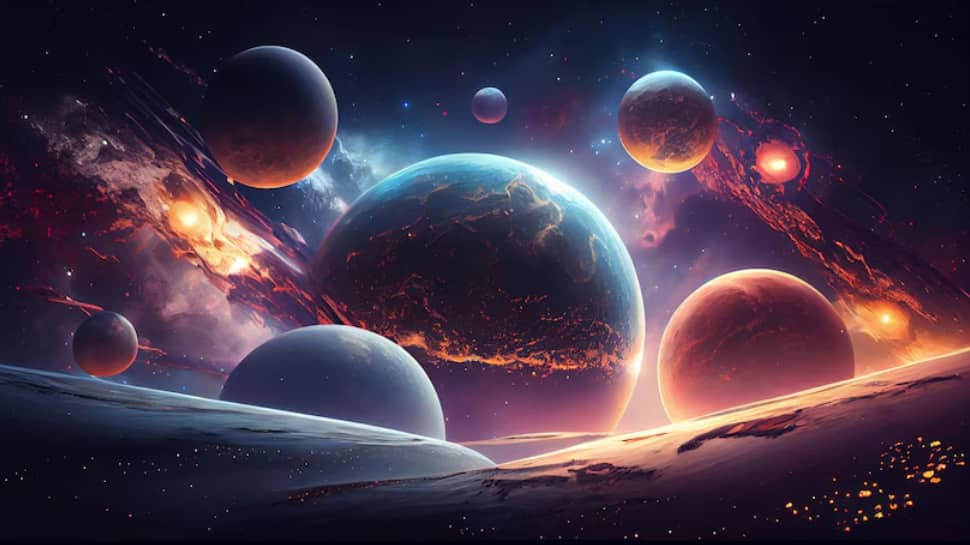Science fiction fans, philosophers, and physicists have been captivated by the idea of parallel universes, often known as multiverses, for many years. According to this intriguing theory, there are other universes, each existing in a separate parallel reality from our own. Though the concept might sound like something out of science fiction, it is based on intricate scientific ideas that cast doubt on our perception of reality.
Wave function collapse, a concept found in quantum physics, is where the multiverse theory originates. Some physicists have proposed that all possible outcomes of a quantum event occur in different, parallel worlds because particles in quantum mechanics exist in several states simultaneously until they are seen. Hugh Everett III, a scientist, initially put forth this interpretation—known as the Many-Worlds Interpretation—in the 1950s.
Beyond quantum mechanics, cosmology provides evidence in favor of the multiverse theory. According to the hypothesis of cosmic inflation, which explains the universe’s explosive expansion after the Big Bang, multiple worlds with their own rules of physics and constants may have been created when various parts of space ceased inflating at different times. These “bubble universes” combine to create an endless collection of realities, each with special qualities of its own.
Multiverse theory also has the exciting potential to answer some of the most perplexing issues about the universe. For example, the presence of innumerable alternative universes, each with a different set of basic constants, could account for the fine-tuning problem, which is the observation that the constants in our universe are precisely calibrated to support life. At least one world in this enormous multiverse would inevitably have the ideal circumstances for life, just like ours does.
Though appealing, the multiverse theory is still quite theoretical because we are still unable to obtain direct evidence. Nonetheless, cosmological and physical discoveries keep stretching the bounds of our knowledge and creating new avenues for investigation.
The hypothesis of multiverses pushes the boundaries of what we think is real and encourages us to delve deeper into the vast secrets of the universe. Whether or not we can demonstrate their reality, the idea of parallel universes has a lasting impact on our imaginations, stimulating both artistic and scientific research.

